In a single year, science can rewrite parts of our understanding of reality. From hidden fossils that reshaped the story of early humans to mind-bending breakthroughs in quantum physics, the past twelve months have been nothing short of extraordinary. What unites these discoveries is not only their sheer surprise but also the way they shift perspectives on our origins, health, environment, and future technologies. Some findings came from painstaking detective work in dusty archives and ancient rocks, while others emerged from gleaming labs pushing the boundaries of modern technology. Each carries a story of curiosity, persistence, and the undeniable thrill of seeing the world anew.
The Hidden Clues: Fossils That Changed Human History
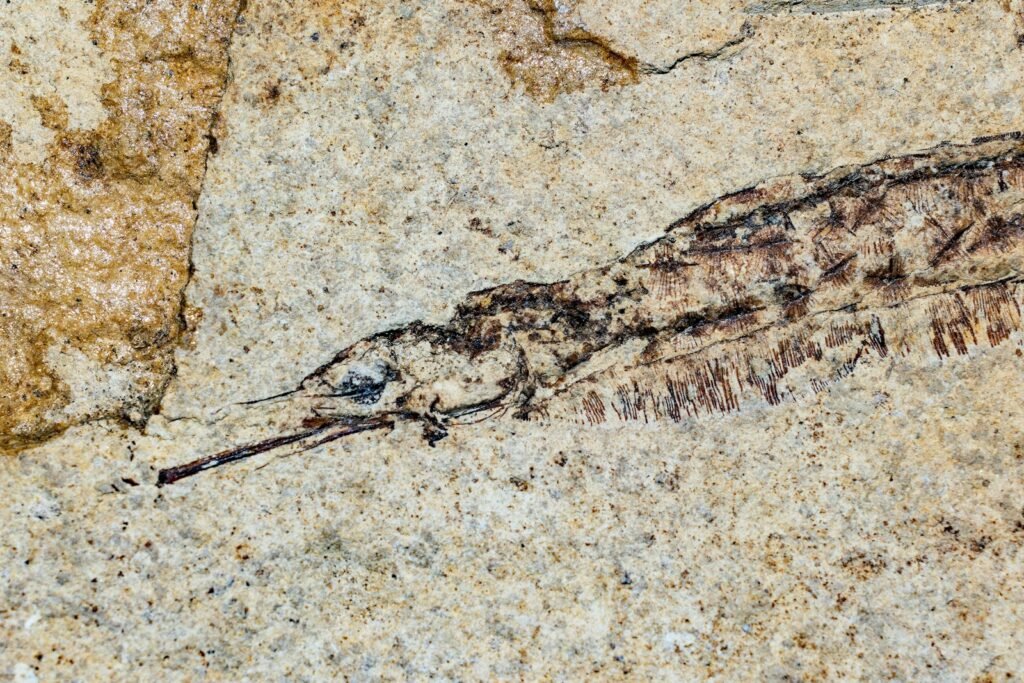
Few moments thrill scientists more than finding a fossil that forces textbooks to be rewritten. This year, researchers uncovered a remarkably preserved skull fragment in northern China, believed to belong to a previously unknown human lineage. Dating back more than 300,000 years, the specimen suggests that several hominin groups coexisted and interbred, making human evolution far less linear than once thought. These clues push against the tidy “family tree” model, replacing it with a tangled network of shared genes and survival strategies. The discovery also deepens the mystery of how modern humans eventually became dominant, hinting that adaptability—not superiority—may have been our ancestors’ greatest asset.
From Ancient Tools to Modern Science
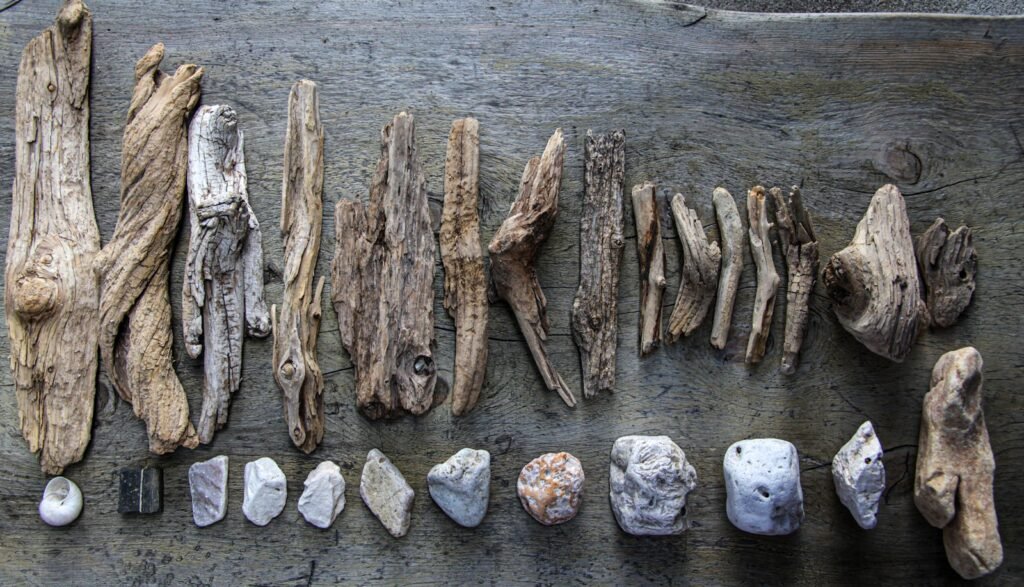
Alongside bones, tools tell stories of innovation. In East Africa, archaeologists revealed stone tools older than Homo sapiens, crafted by an early ancestor once dismissed as primitive. The sophistication of these implements—carefully shaped edges designed for specific tasks—suggests a leap in planning and cognition. What makes this stunning is not only their age but the implication: intelligence and creativity did not suddenly emerge with modern humans. Instead, they evolved gradually, with ancient hands laying down the foundations for technology we take for granted today. Modern engineers even analyze these tool-making patterns to inspire minimalist and efficient design strategies.
Cosmic Surprises: A Planet That Shouldn’t Exist
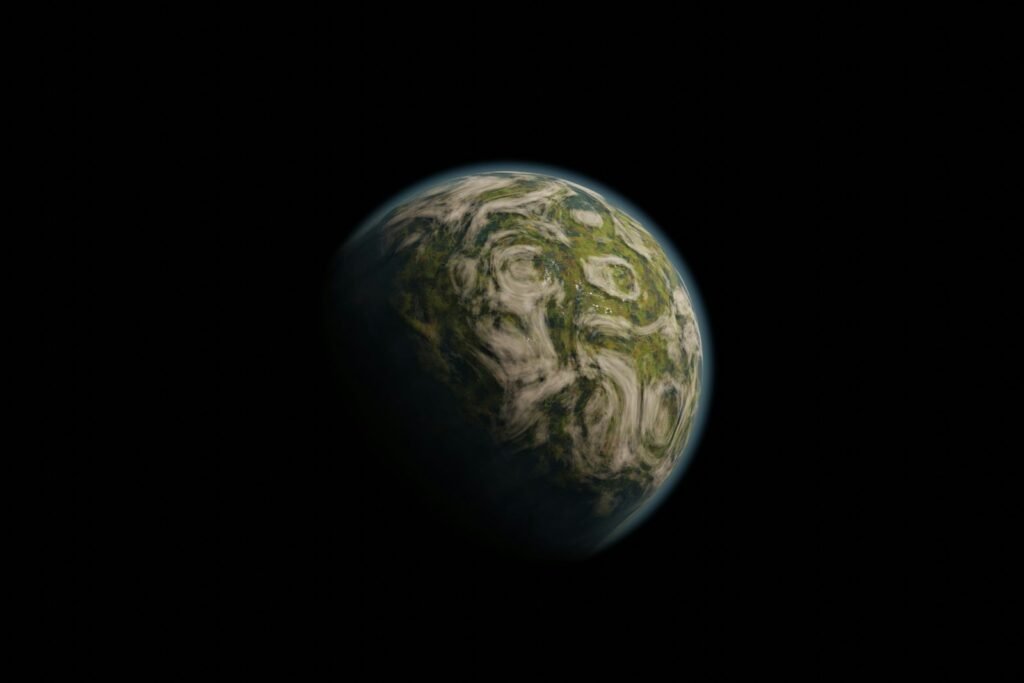
Astronomers often talk about “planetary rules,” but one recent discovery seemed to break them entirely. Using advanced telescope arrays, scientists identified a massive gas giant orbiting a small, faint star at a distance where such a pairing shouldn’t be possible. According to established models, the star should never have had enough material in its disk to form a planet so large. The finding has sparked debates about whether new, unknown mechanisms drive planet formation or whether current models are missing key variables. Beyond theory, this planet offers a reminder: the universe does not play by our rules—it writes its own.
Medical Frontiers: Editing Genes in Real Time

Perhaps the most headline-grabbing advance of the year came in medicine, where scientists successfully used CRISPR-based gene editing inside a living patient to correct a rare metabolic disorder. Unlike earlier trials done outside the body, this technique directly rewired cells in real time, offering a potential cure rather than lifelong treatment. Early results are promising, showing improved organ function without the side effects of conventional therapies. If proven safe and scalable, this could mark a paradigm shift in how we fight genetic diseases. The broader implication? Medicine may be entering an era where treatment means reprogramming, not just repairing.
Earth’s Silent Signals: Volcanoes and Climate Links

On the environmental front, geologists uncovered a surprising connection between volcanic eruptions and long-term climate stability. By analyzing sulfur and carbon trapped in ancient ice cores, they found that volcanic activity acts as a kind of planetary thermostat—periodically cooling the Earth and preventing runaway warming. This adds nuance to the climate debate, showing that Earth has built-in balancing mechanisms, though they cannot offset the current pace of human-driven emissions. The study also emphasizes how fragile these natural systems are. One shift in volcanic frequency could mean drastic consequences for ecosystems and agriculture across the globe.
Quantum Twists: Light Behaving Like Matter
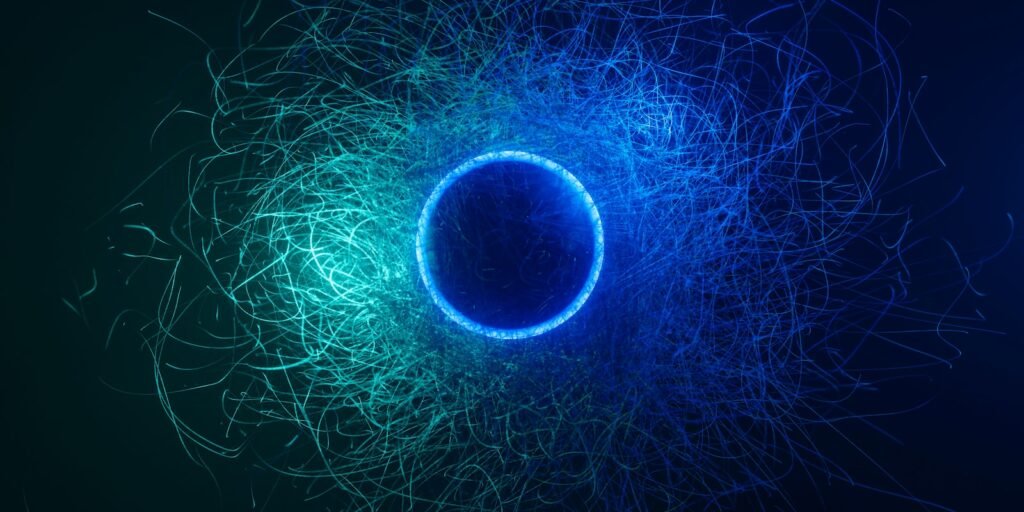
In the realm of physics, scientists pulled off an experiment that defied expectations: coaxing particles of light into behaving like matter. By cooling photons inside a special optical cavity, researchers observed them forming a state of matter once thought impossible—essentially, light taking on material-like properties. This phenomenon, called a “photonic Bose-Einstein condensate,” could revolutionize technologies from ultra-efficient lasers to futuristic quantum computers. The idea that something as intangible as light can be made to mimic tangible matter blurs boundaries and opens doors to devices still in the realm of imagination.
Why It Matters: Rethinking What We Thought We Knew

Each of these discoveries reveals a larger truth: science is less about final answers and more about refining questions. Human origins now appear more intertwined than linear. Planet formation looks more chaotic than neat equations predict. Medical treatments are no longer limited to drugs but extend to rewriting biology itself. What matters is not only the “what” but the “why”: these findings force us to challenge comfortable narratives and stay humble in the face of nature’s complexity. History shows that such paradigm shifts often ripple outward, transforming not only science but also culture, ethics, and policy.
The Future Landscape: Where Curiosity Leads Next

Looking ahead, these breakthroughs open tantalizing paths. Gene editing may soon move from rare diseases to common conditions, though ethical debates will intensify. The fossil record continues to expand, likely revealing more “missing branches” of our family tree. Astronomy’s surprises may prompt the development of new space telescopes designed not just to find planets but to unravel how they form. And in quantum physics, harnessing light-as-matter could spawn an entirely new industry of computational devices. Yet the biggest challenge is ensuring that humanity can apply these insights responsibly, balancing discovery with foresight.
What Readers Can Do: Staying Connected to Science
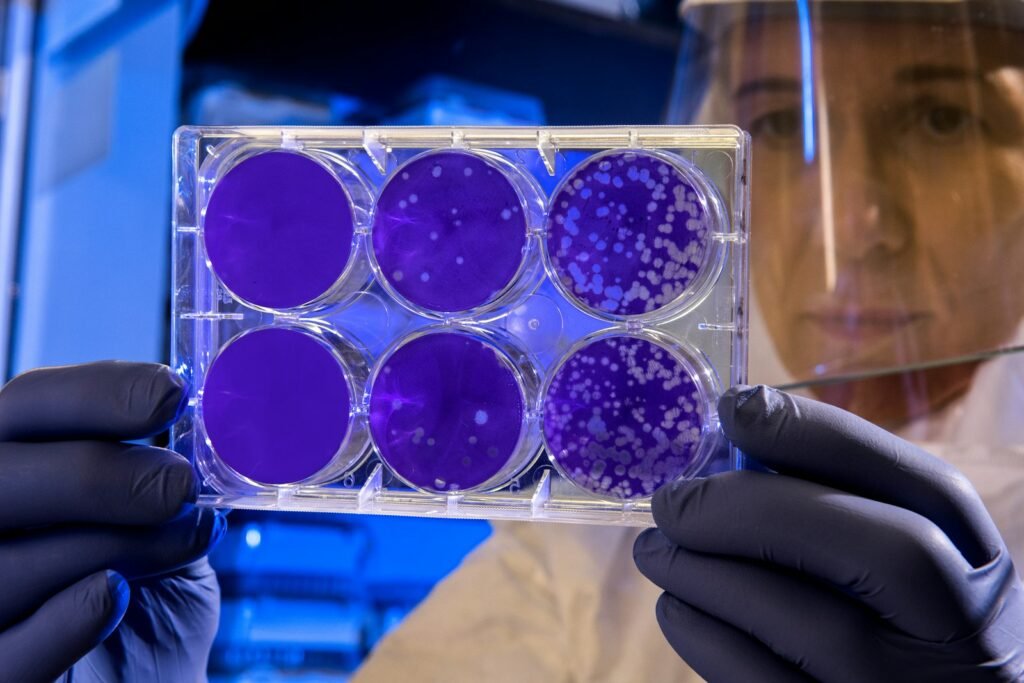
These scientific leaps may seem distant from everyday life, but their impact will shape medicine, climate policy, and technology for decades. Readers can engage by:
- Supporting science education programs in local communities.
- Following credible science journalism to stay informed.
- Participating in citizen-science projects, from astronomy to wildlife tracking.
- Advocating for responsible policies on climate and emerging technologies.
Curiosity is not just for scientists; it’s a shared human trait. By nurturing it, we ensure that future discoveries are met with both wonder and wisdom.

Suhail Ahmed is a passionate digital professional and nature enthusiast with over 8 years of experience in content strategy, SEO, web development, and digital operations. Alongside his freelance journey, Suhail actively contributes to nature and wildlife platforms like Discover Wildlife, where he channels his curiosity for the planet into engaging, educational storytelling.
With a strong background in managing digital ecosystems — from ecommerce stores and WordPress websites to social media and automation — Suhail merges technical precision with creative insight. His content reflects a rare balance: SEO-friendly yet deeply human, data-informed yet emotionally resonant.
Driven by a love for discovery and storytelling, Suhail believes in using digital platforms to amplify causes that matter — especially those protecting Earth’s biodiversity and inspiring sustainable living. Whether he’s managing online projects or crafting wildlife content, his goal remains the same: to inform, inspire, and leave a positive digital footprint.




